Selecting the right type of ham to serve your guests doesn’t have to be daunting! Decipher the lingo with our how-to guide and select a ham with confidence.
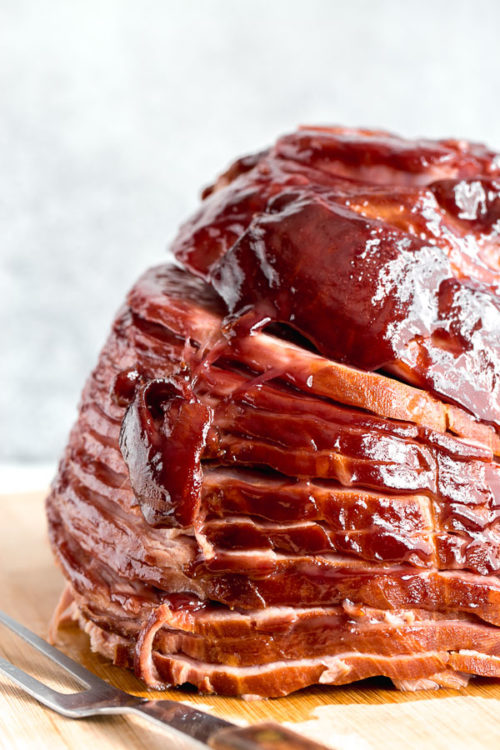
Ham is loved by meat eaters everywhere. It’s a truly versatile cut of meat in the sense that it can be served as the centerpiece for a Sunday or holiday dinner, sliced thin and layered between two slices of bread for a satisfying sandwich, as an accompaniment to your morning eggs and toast, or diced and stirred into a hearty soup. There are many different types of ham for every palate. Knowing a few basics will ensure you pick the perfect ham for your next meal every time.
Common Cuts of Ham
Ham comes from the back legs and thigh area of a pig. A whole ham is a pretty large piece of meat; therefore, most commercial grocery stores sell them in halves. Additionally, most hams sold in stores are smoked or precooked. If you really desire a fresh ham, check and see if there are any local farmers in your area.
Ham can be sold both boneless and bone-in. There are three most common cuts of ham — butt end, ham shank and center slice.
Butt or sirloin end comes from the upper portion of the leg. This end contains the femur and pelvic bone, known as the aitch, which can be a hassle to carve around. It’s a leaner, more tender and more flavorful cut of meat that can come with a higher price tag.
Shank is the lower half of the leg. This cut is what most people think of when they envision a baked ham. It contains the femur bone only, making it a little easier to carve. It is more budget friendly, but the meat has a tendency to dry out more during cooking.
Center Cut sliceshave been cut from the center area of the leg. It is usually sold in ½ – 1 inch slices and includes the leg bone and top, bottom and eye muscles.
Spiral Sliced hams are pre-carved using one continuous cut around the center bone. This ensures slices are a uniform thickness and makes carving and serving easier.
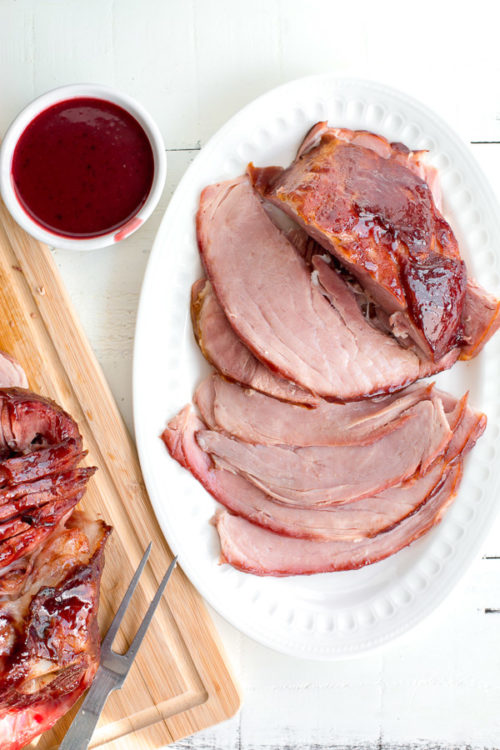
Common Types of Ham
When shopping, you will notice several types of ham are available. These terms refer to the way in which the ham was prepared or the region that the pig was raised in.
Black Forest
In order for a ham to earn the name Black Forest, it must be produced in the Black Forest region of Germany. It is boneless and very lean. Raw ham is salted, then seasoned with a distinct blend of spices, which gives Black Forest ham its unmistakable black outer coating during smoking. After the ham has cured for a couple of weeks, it is then cold smoked. Black Forest ham has an intense salty flavor.
Suggested Cooking Methods:
Roast in the oven, slow cooker, Instant Pot
Smoked Ham
A smoked ham has usually been wet cured, meaning it has been brined in a mixture of salt water and/or other spices, then smoked. These hams come fully cooked and are safe to eat without baking first. However, they are best when they have been heated through. This type of ham may also be referred to as city ham.
Suggested Cooking Methods:
Roast in the oven, slow cooker, Instant Pot
Spiral Cut
As mentioned above, spiral cut hams come already pre-sliced. They are also precooked, meaning you can safely add a few pieces of spiral sliced ham to your sandwich without heating it through.
Suggested Cooking Methods:
Roast in the oven, slow cooker, Instant Pot
Country Ham
County ham is a particularly popular cut of ham consumed in the southern United States. It is dry-cured, meaning it’s rubbed with salt and seasonings, smoked, then aged for several months or even years. You may run across a variety of county ham labeled Virginia Ham or Smithfield ham. Virginia ham is country ham made in the state of Virginia. A Smithfield ham is also a Virginia ham, but it has been specifically produced in the Smithfield region of the state. Country ham is usually sold and consumed in thick slices or as a half portion
Suggested Cooking Methods:
Pan fry slices, roast in the oven, slow cooker, Instant Pot
Tips for Purchasing a Ham
First, you will want to take into consideration the number of people you will be serving. A good rule of thumb is to purchase enough ham to serve each guest between 1/3 to 1/2 of a pound for bone-in hams and 1/4 to 1/3 a pound per person for boneless hams.
Second, evaluate how you will be preparing the ham. If you’re roasting in an oven, make sure you have a roasting pan on hand that can accommodate the size ham you need. Likewise, if you are considering using a slow cooker or electric pressure cooker, you will need to be sure to purchase a ham that will fit inside your appliance.
Third, should you opt for bone-in or boneless ham? The decision is really up to you. Many ham connoisseurs will swear the bone adds more flavor to the meat. The leftover bone also can be used to season slowly simmered soups or side dishes. However, the bone can make carving a little trickier.
Finally, spiral sliced or unsliced? Again, this goes back to your preference. Spiral sliced hams are a breeze to serve, but they tend to dry out during cooking.
How to Store Leftover Ham
If you are lucky, your guests will leave you with leftovers! Cooked ham can be stored in the refrigerator for up to five days. Slices can be used for sandwiches or dice the meat for salads, omelets or soup.
For freezing, wrap or vacuum seal the ham to prevent the formation of ice crystals, then freeze for up to two months.
Stay connected and join Busy Cooks community:
FACEBOOK | PINTEREST | INSTAGRAM
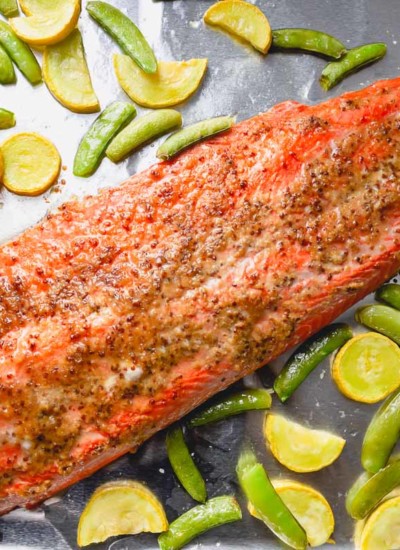
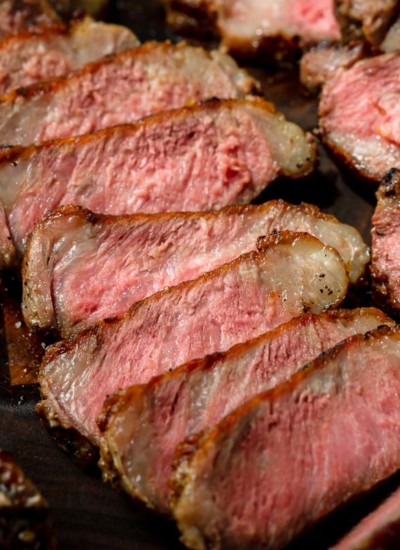
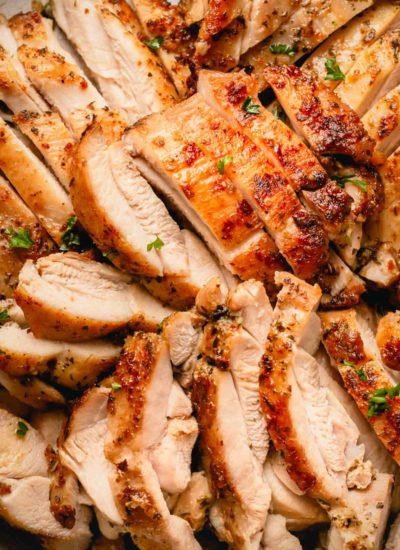
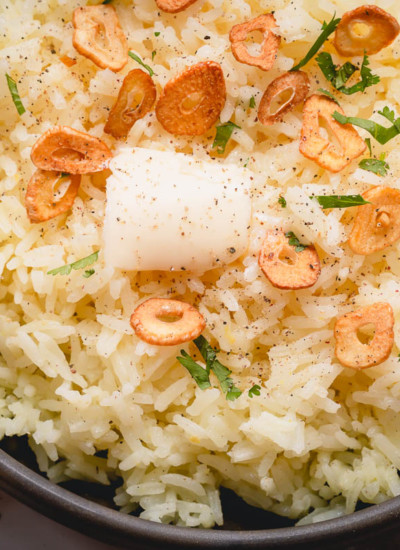

Comments + Reviews